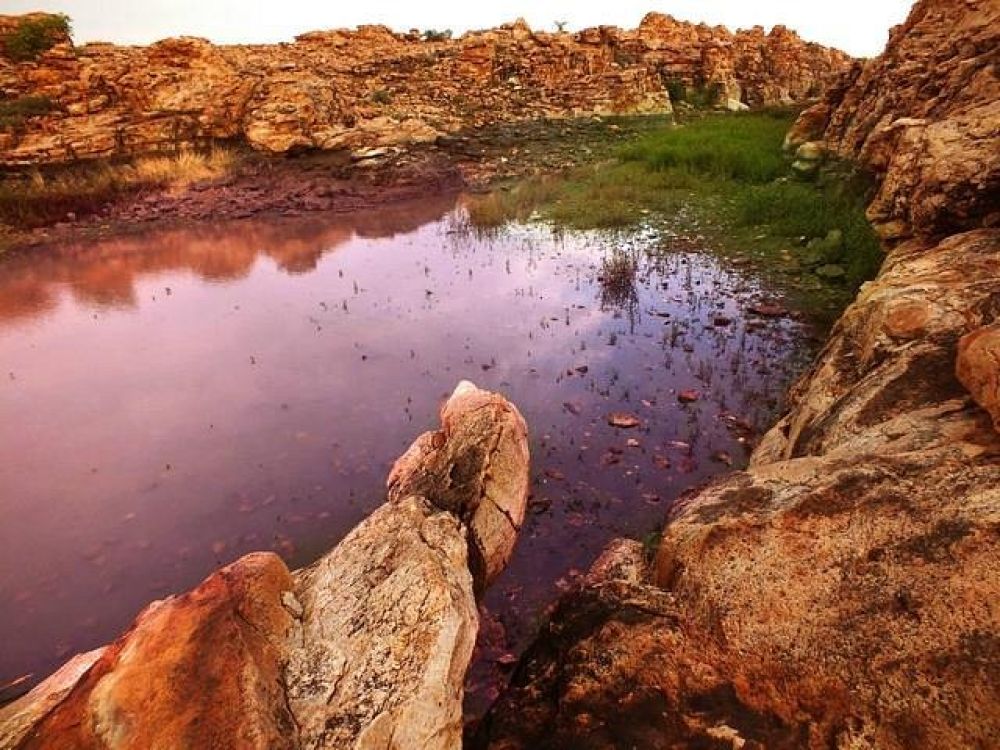

The Oravakallu Rock Garden, located near Kurnool in Andhra Pradesh, India, is a remarkable geological formation and a splendid tourist attraction. Known for its unique rock formations that date back millions of years, it has grown in popularity among tourists who are intrigued by natural history and scenic landscapes.
The site began drawing attention as a tourist spot relatively recently, in the 21st century. The government of Andhra Pradesh, recognizing the potential of the location due to its unique geological features, took steps to develop it into a full-fledged tourist destination. While the rock formations are ancient, the tourism history is fairly young, but it has been dynamic and growing steadily.
In its bid to promote tourism, the government has initiated various development projects including walkways, viewpoints, and gardens that enhance the visitor experience while preserving the natural beauty. The rock garden's close proximity to the Belum Caves, another geological wonder, augments its appeal, making it part of a larger itinerary for tourists visiting the region.
Facilities for tourists have been developed without compromising the natural layout and integrity of the rock formations. Visitors can now enjoy amenities such as a restaurant, souvenir shops, and well-marked trails that lead through the dramatic terrain.
In recent years, sustainable and ecotourism have come to the forefront, and the Oravakallu Rock Garden is aligning with these trends. Efforts are being made to maintain ecological balance while accommodating tourists. Photography, bird watching, and trekking are some of the activities that attract visitors to this destination.
Additionally, the growth of digital media has helped increase the visibility of Oravakallu Rock Garden. Sharing of captivating images through social media platforms has attracted younger audiences and international tourists seeking novel and Instagram-worthy travel experiences.
Moving forward, the tourism at Oravakallu Rock Garden is expected to evolve with a focus on sustainable practices and infrastructure development. The goal is to maintain the delicate balance between showcasing its natural splendor and preserving the pristine nature of the rock formations for future generations.
This destination continues to be a testament to India's rich geological history and stands as a symbol of how tourism can be developed responsibly around natural wonders.
Important Information: